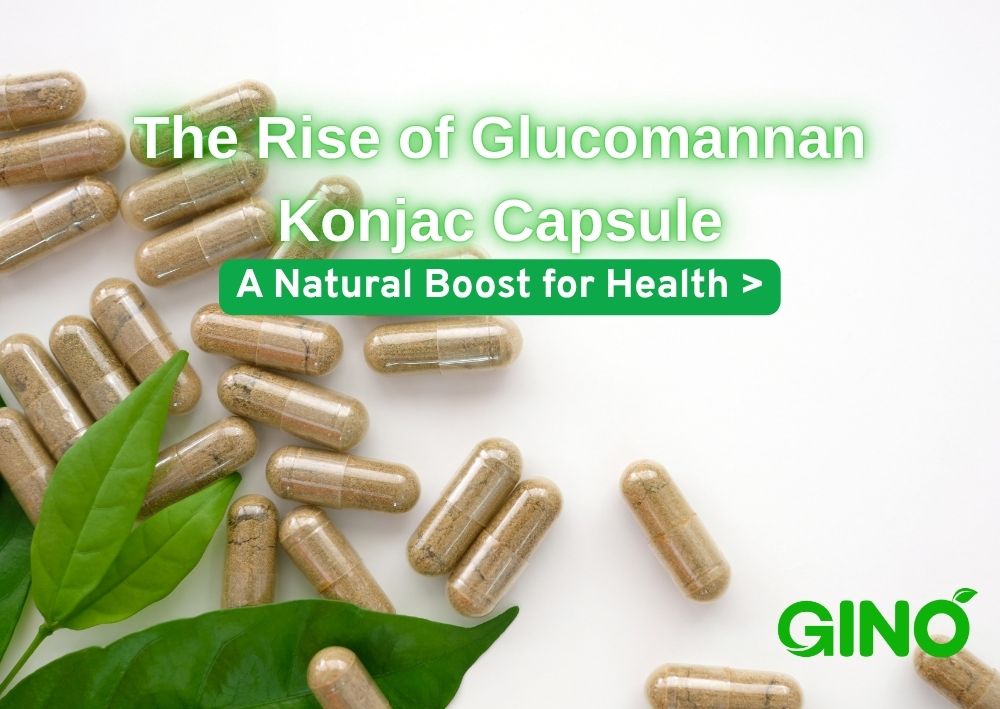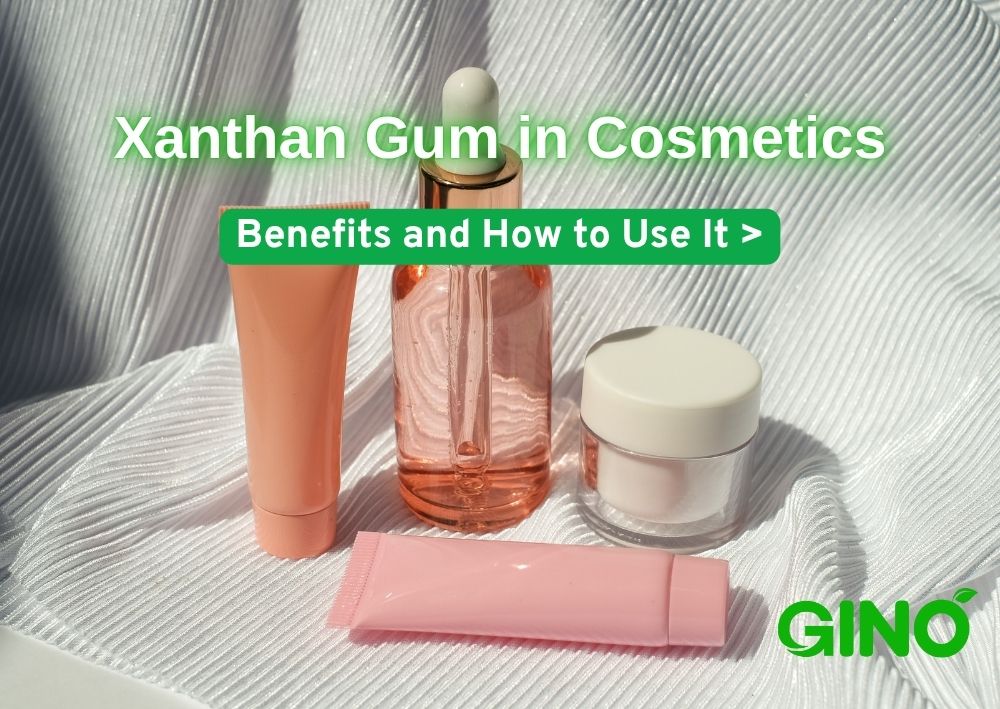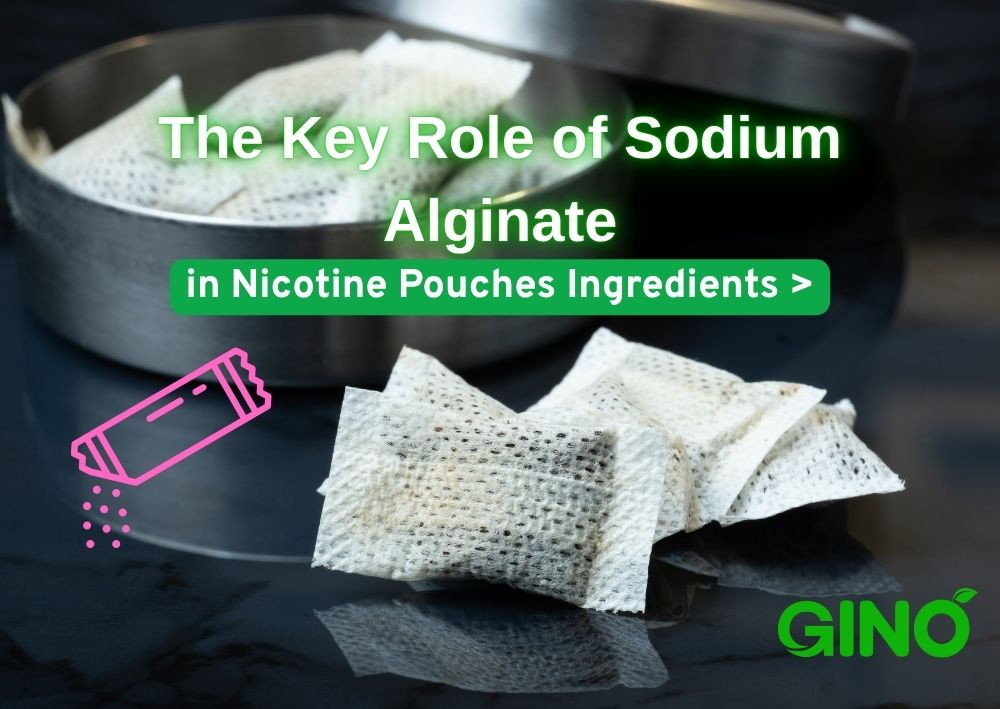
The Power of Pectin in Food: A Comprehensive Guide
The Power of Pectin in Food
Pectin in food plays a critical role in creating textures, stabilizing products, and enhancing overall food quality. This natural polysaccharide, commonly derived from fruits, is a key ingredient in many food items, from jams and jellies to dairy products and beverages. Understanding the functions and benefits of pectin can help manufacturers create superior products that meet consumer demands.
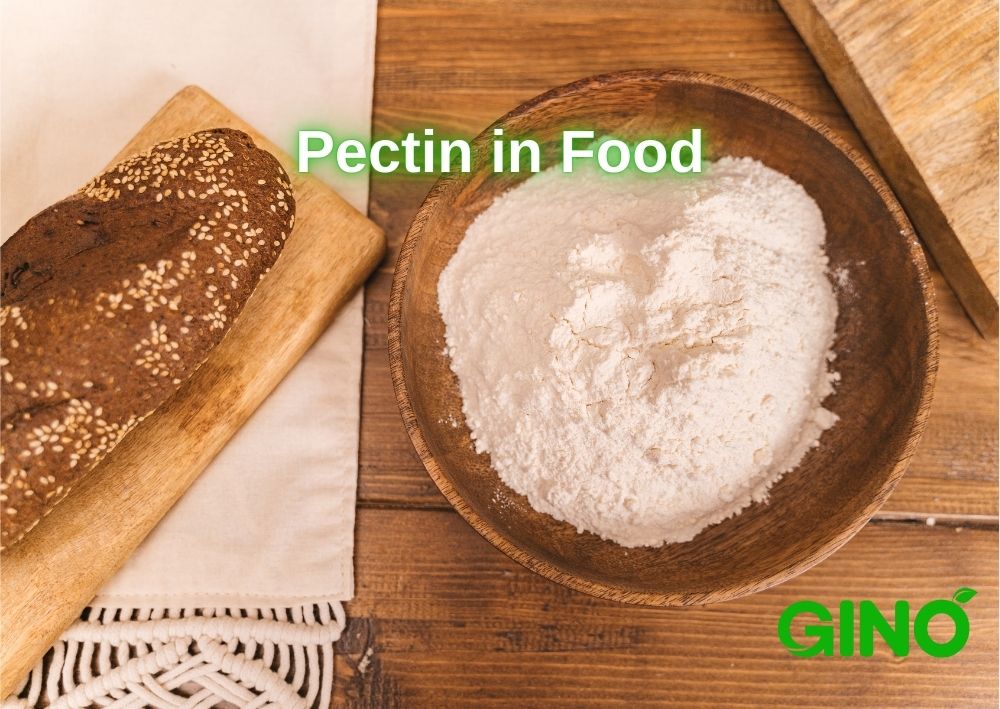
1. What is Pectin?
Pectin is a soluble fiber found in the cell walls of plants, particularly in citrus fruits and apples. It’s known for its gelling properties, making it a popular ingredient in food processing. When combined with sugar and acid, pectin forms a gel-like structure, which is why it's often used in jams, jellies, and marmalades.
2. The Importance of Pectin in Food
Pectin in food serves multiple functions:
Gelling Agent: Pectin is renowned for its ability to form gels, which is essential in producing jams and jellies. It allows these products to achieve the right consistency without compromising on flavor.
Stabilizer: In dairy products like yogurt and drinks, pectin stabilizes the mixture, preventing ingredients from separating and maintaining a smooth texture.
Emulsifier: Pectin helps blend water and oil-based ingredients, making it vital in creating stable emulsions in products like salad dressings and sauces.
Texturizer: The addition of pectin can enhance the texture of low-sugar or sugar-free products, compensating for the lack of sugar’s natural thickening properties.
3. Health Benefits of Pectin

Pectin is not just a functional ingredient; it also offers health benefits. As a dietary fiber, pectin supports digestive health, helps regulate blood sugar levels, and may contribute to heart health by lowering cholesterol levels. These benefits make it an appealing ingredient for health-conscious consumers.
4. Applications of Pectin in Food
Pectin is an incredibly versatile ingredient with a broad range of applications across the food industry. Its functional properties—such as gelling, thickening, stabilizing, and emulsifying—make it indispensable in various food formulations:
4.1 Fruit Preserves and Jams:
Gelling Agent: Pectin is the backbone of jams, jellies, and marmalades. It helps achieve the perfect gel consistency, allowing these fruit preserves to hold their shape while spreading easily. Pectin's ability to gel at different pH levels and sugar concentrations makes it adaptable to both traditional and low-sugar preserves, catering to diverse consumer preferences.
Consistency and Spreadability: In fruit spreads, pectin ensures a uniform texture and prevents syneresis (weeping), extending the product's shelf life and maintaining its appeal.
4.2 Confectionery Products:
Gummies and Chews: Pectin is widely used in the production of gummy candies, fruit chews, and other confectioneries. Its ability to create a firm but flexible gel is essential for achieving the desired texture in these products. Unlike gelatin, pectin provides a vegan alternative, making it suitable for a broader audience.
Jellies and Pastilles: Pectin’s gelling properties are also harnessed in making jellies and pastilles, offering a smooth, clear finish that enhances the visual and sensory experience of the candy.
4.3 Beverages:
Juice Stabilization: In fruit juices and nectars, pectin plays a key role in stabilizing the pulp, preventing it from settling and ensuring an even distribution of fruit particles throughout the beverage. This enhances both the mouthfeel and appearance of the drink.
Cloudiness Control: Pectin is used to maintain the natural cloudiness in citrus juices, giving the beverage a fresh, authentic look. It also helps in reducing serum separation, improving the overall quality of the juice.
4.4 Dairy Products:
Yogurt and Drinkable Yogurts: In yogurt production, pectin acts as a stabilizer, preventing whey separation (syneresis) and improving the product's texture. It also enhances the creaminess and mouthfeel of both set and stirred yogurts, making them more appealing to consumers.
Low-Fat Dairy: In low-fat or non-fat dairy products, pectin is used to mimic the texture and mouthfeel of full-fat versions. It provides a creamy consistency without adding calories, appealing to health-conscious consumers.
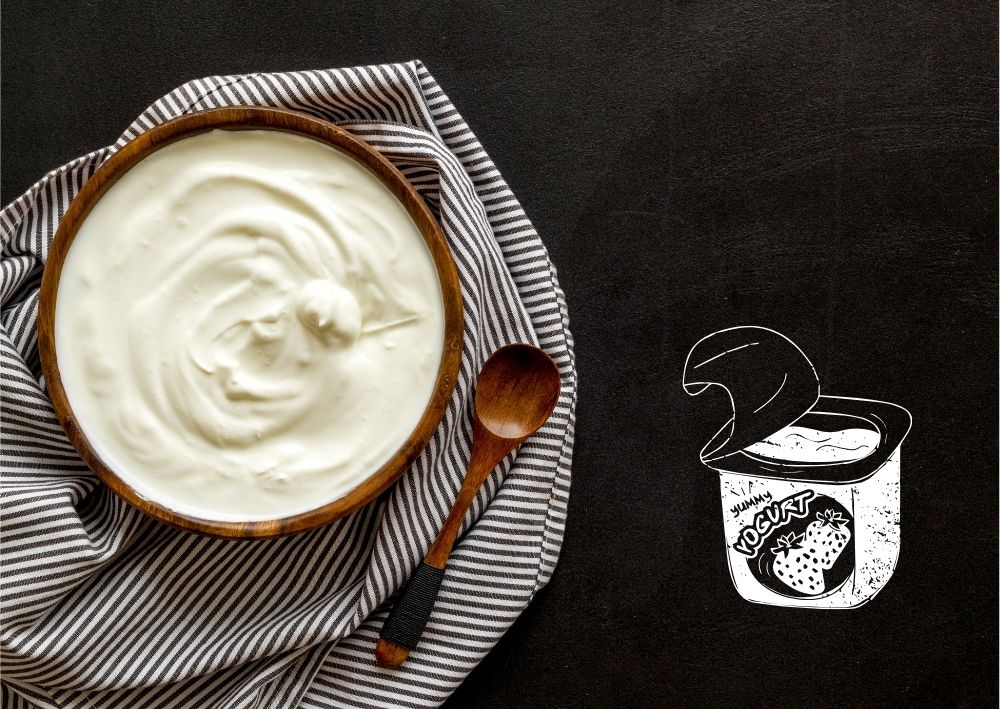
Pectin in Yogurt: A Comprehensive Review
This article explores pectin’s properties, functions of pectin in yogurt, and its overall impact on health.
4.5 Bakery and Fillings:
Fruit Fillings: Pectin is crucial in bakery applications, especially in fruit fillings for pies and pastries. It helps achieve the desired thickness and prevents the filling from becoming too runny during baking. This ensures that the filling remains intact and visually appealing when sliced.
Glazes and Toppings: Pectin is also used in glazes and fruit toppings, providing a shiny finish and a stable texture that enhances the product’s visual appeal.
4.6 Sauces and Dressings:
Thickening and Stabilizing: In sauces, dressings, and condiments, pectin acts as a thickener and stabilizer, ensuring a consistent texture and preventing ingredient separation. This is particularly important in low-fat or reduced-calorie versions, where pectin can replicate the mouthfeel of more traditional, higher-fat products.
Improved Mouthfeel: Pectin helps enhance the mouthfeel of creamy dressings, providing a smooth and rich texture without the need for excessive fat content.
4.7 Plant-Based and Vegan Products:
Vegan Gelling Agent: With the rise in demand for plant-based and vegan products, pectin offers a perfect gelling solution that aligns with these dietary preferences. It is used in vegan desserts, plant-based cheese analogs, and dairy-free yogurts to create the desired textures without animal-derived ingredients.
4.8 Meat Products:
Fat Replacement: In processed meat products, pectin can be used as a fat replacer, helping to reduce the overall fat content while maintaining the desired texture and mouthfeel. It also improves the water-binding capacity, which is crucial for the juiciness and tenderness of the product.
Stabilization: Pectin stabilizes emulsified meat products like sausages, ensuring that the fat and water phases remain evenly distributed, resulting in a consistent product.
4.9 Nutraceuticals and Functional Foods:
Dietary Fiber Enrichment: Pectin is often added to functional foods and nutraceuticals for its dietary fiber content. It is used in fiber-fortified beverages, bars, and supplements, contributing to digestive health and overall well-being.
Health Claims: Pectin’s role in lowering cholesterol and improving gut health allows food manufacturers to make specific health claims, appealing to health-conscious consumers seeking functional benefits from their foods.
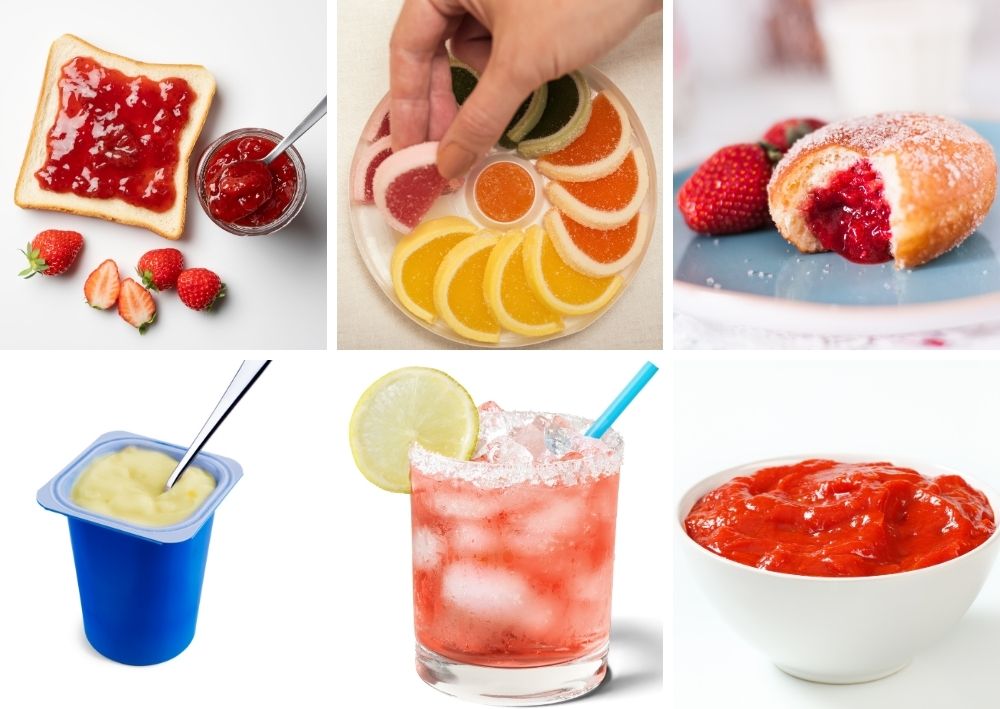
Our company offers a diverse range of high-quality pectin solutions tailored to meet your specific food production needs.
Whether you’re formulating jams, dairy products, or plant-based foods, we provide pectin that ensures the best texture, stability, and taste.
Contact us today to discover how our pectin products can enhance your food creations.
Contact us5. Conclusion
Pectin in food is a vital ingredient that not only enhances texture and stability but also contributes to the health benefits of the final product. Its versatility makes it an indispensable component in food processing.
As consumer demand for natural and functional ingredients continues to grow, pectin’s role in food production is more important than ever.
Whether you’re creating fruit preserves, dairy products, or beverages, our pectin solutions can help you achieve the desired results with precision and quality.
References:
- May, C. D. (1990). Industrial Pectins: Sources, Production and Applications. Carbohydrate Polymers, 12(1), 79-99.
- Thakur, B. R., Singh, R. K., & Handa, A. K. (1997). Chemistry and uses of pectin—A review. Critical Reviews in Food Science & Nutrition, 37(1), 47-73.
- Rolin, C. (2002). Pectin. In Handbook of Hydrocolloids(pp. 129-151). Woodhead

